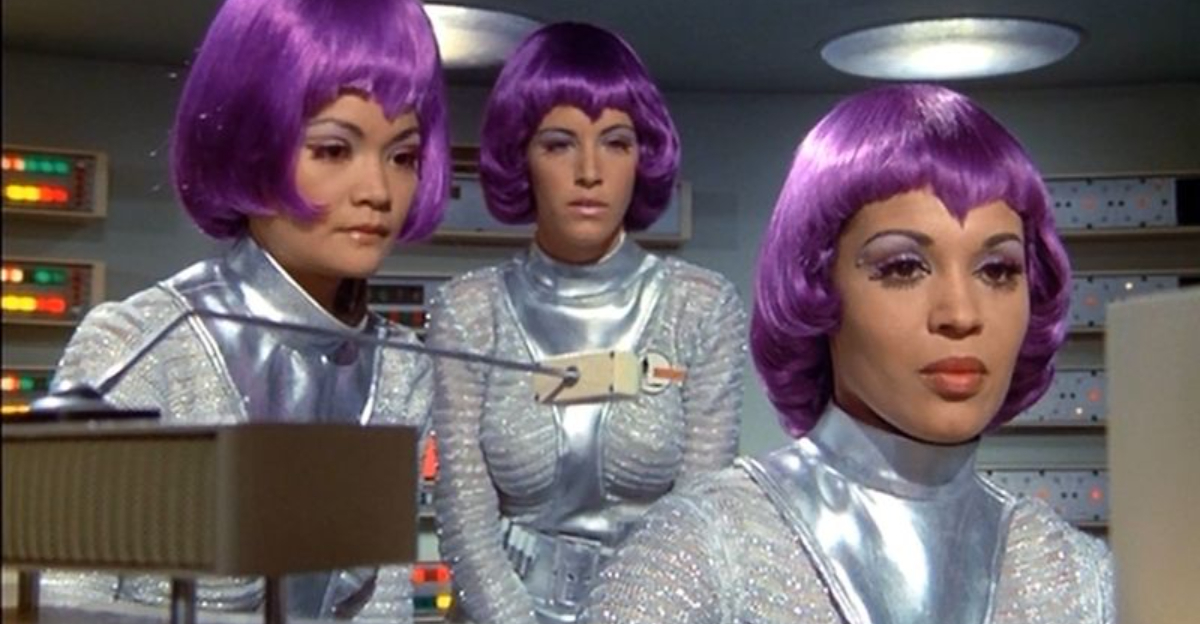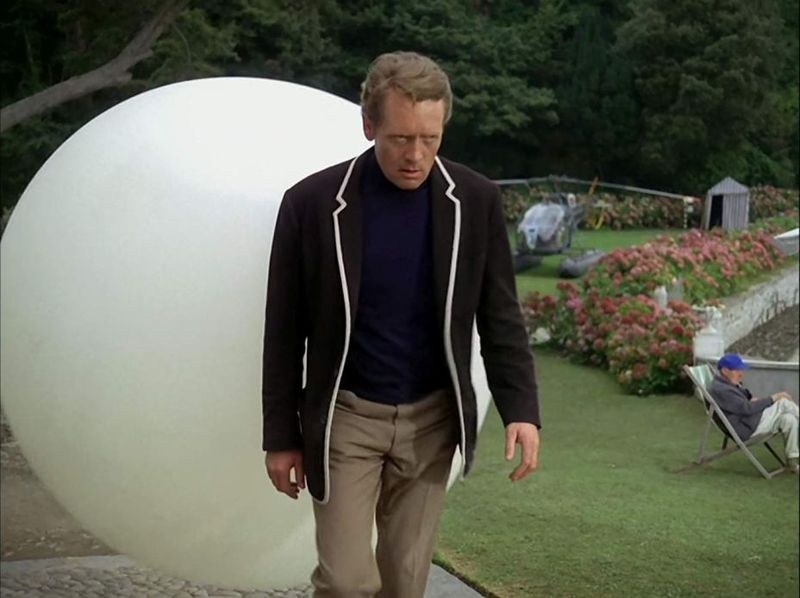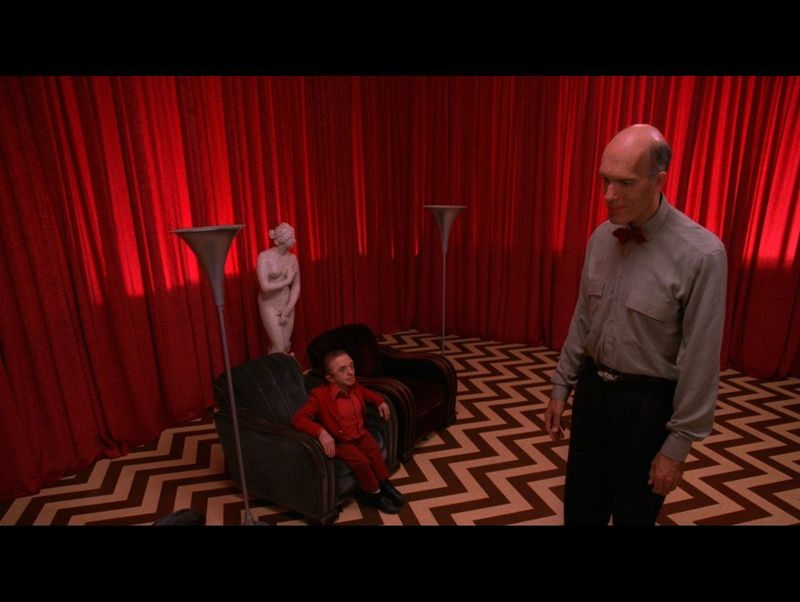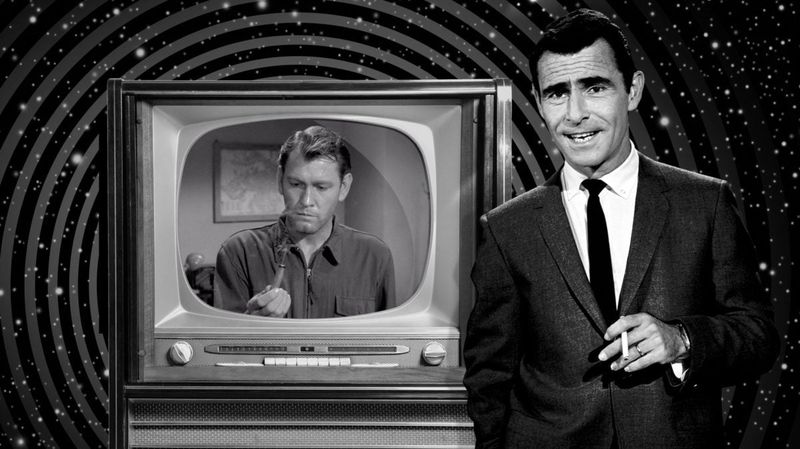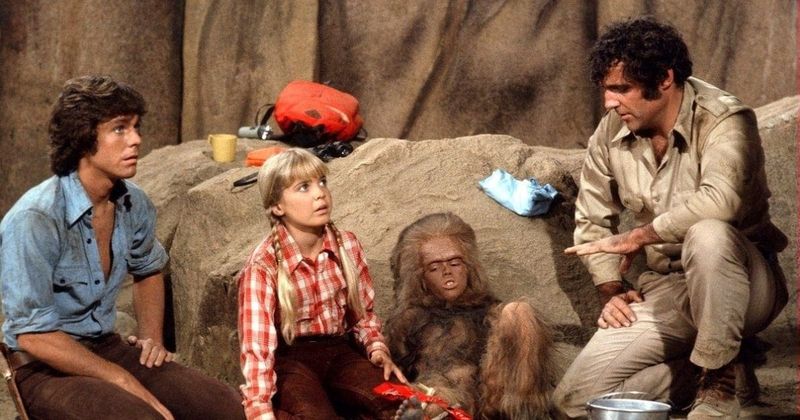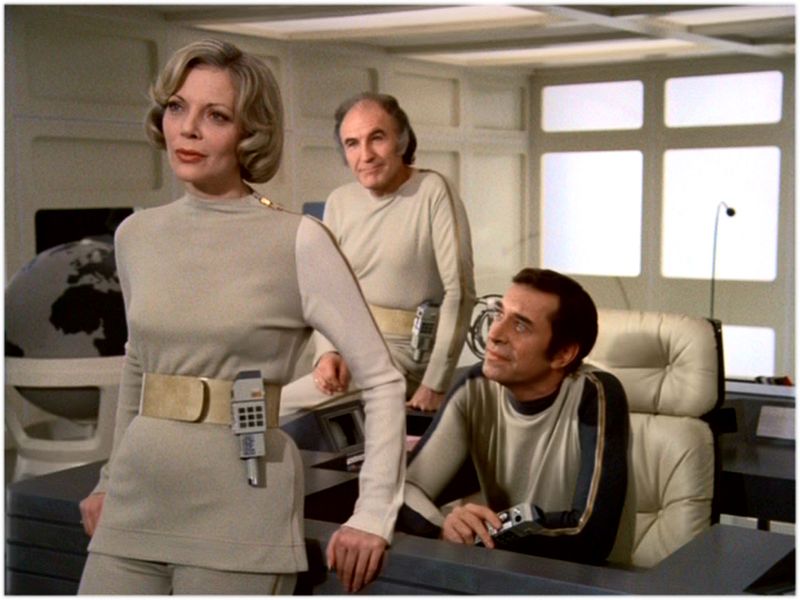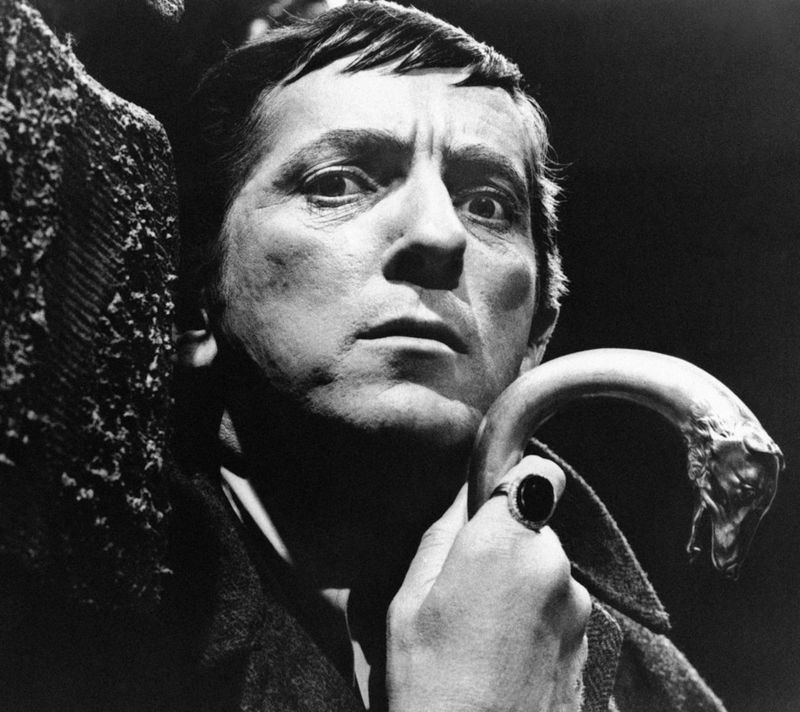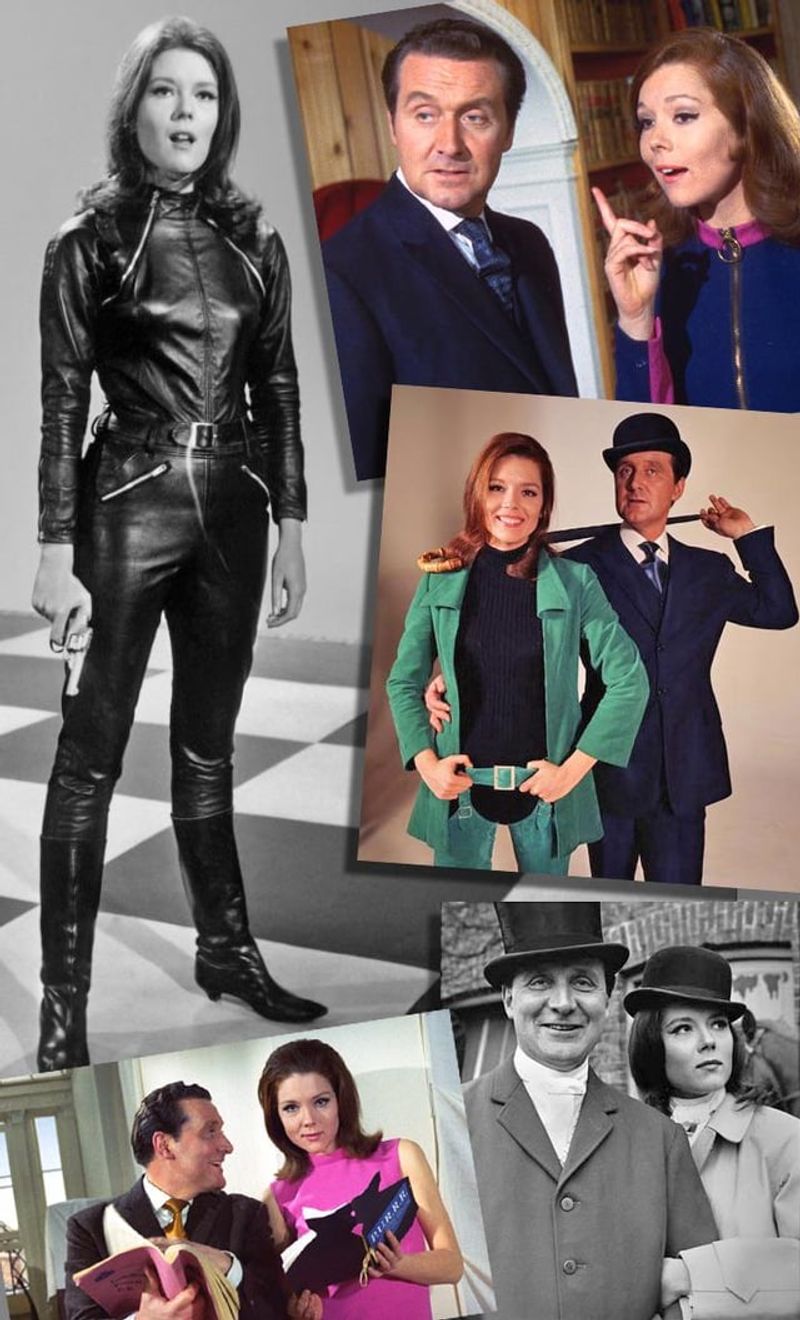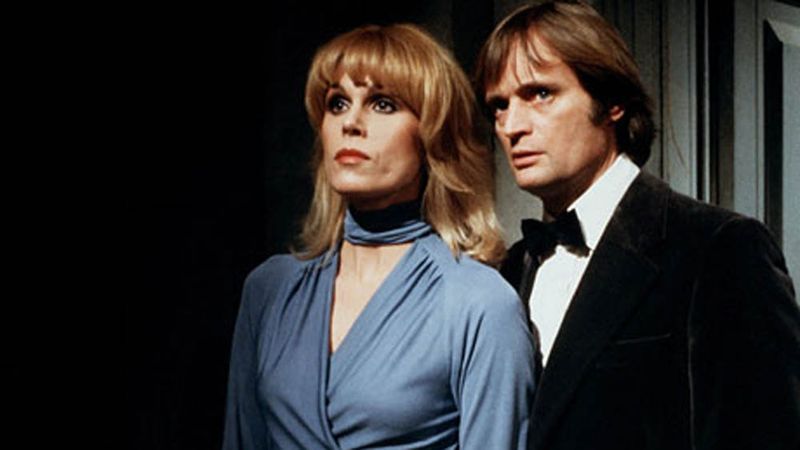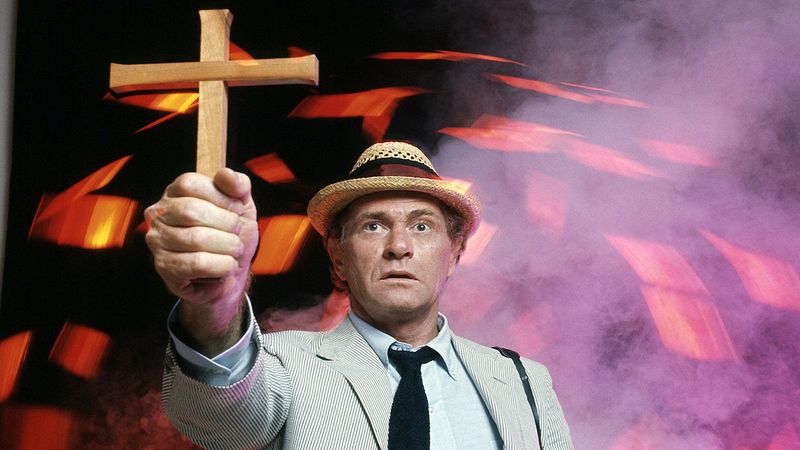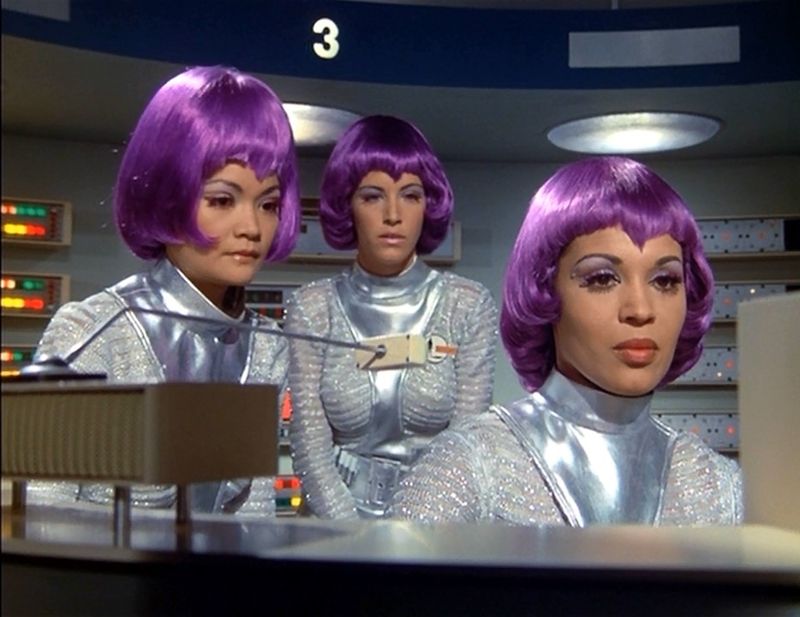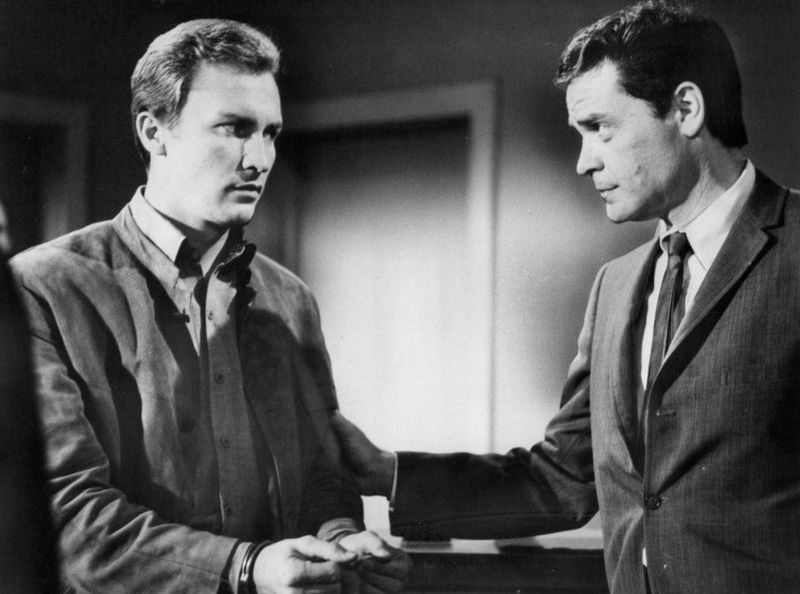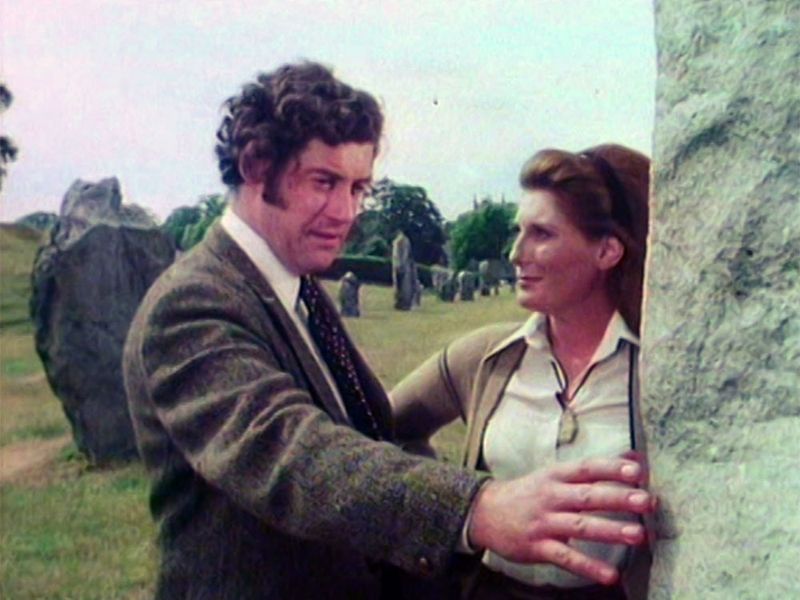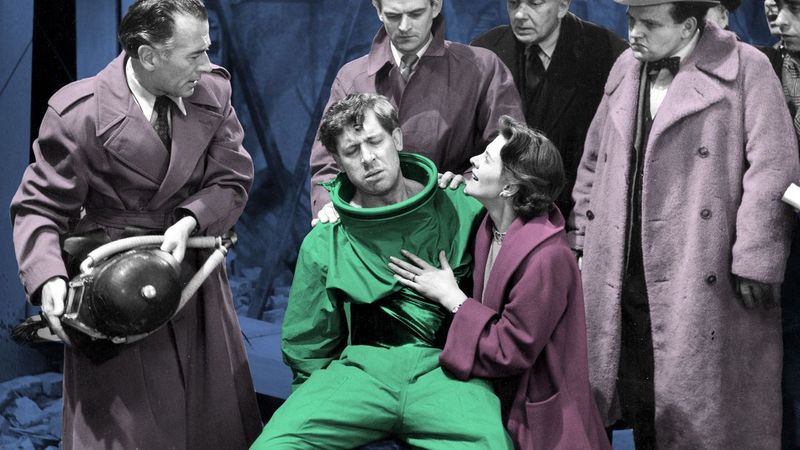Television in the 1960s and 1970s wasn’t just about family sitcoms and westerns – it was also a playground for some seriously strange and experimental programming.
These decades gave birth to shows that pushed boundaries, played with reality, and left viewers scratching their heads.
From bizarre plots to unexplained phenomena, these mind-bending series continue to confuse and captivate audiences who rediscover them today.
1. The Prisoner
A British spy suddenly resigns, only to be kidnapped and taken to a mysterious coastal village where everyone has a number instead of a name. The show follows Number Six as he battles to maintain his identity while trying to escape.
Created by and starring Patrick McGoohan, this 1967 series blended espionage with psychological drama and surrealism. Its ambiguous finale featuring a rocket and a monkey mask remains one of television’s most controversial endings.
2. Twin Peaks
FBI Agent Dale Cooper investigates the murder of homecoming queen Laura Palmer in a small Washington town filled with secrets. What begins as a murder mystery quickly spirals into supernatural territory with prophetic dreams, doppelgangers, and an evil entity named BOB.
David Lynch’s creation blurred the line between dreams and reality, featuring a backwards-talking dwarf, a giant, and the infamous Red Room. The show’s dreamlike logic and unresolved plotlines continue to spark fan theories decades later.
3. The Twilight Zone
Rod Serling’s anthology series transported viewers to a dimension “between science and superstition.” Each standalone episode delivered moral lessons wrapped in science fiction, horror, or fantasy.
The show tackled social issues through allegory, featuring memorable episodes like “Eye of the Beholder” where hospital patients with pig-like features try to “fix” a beautiful woman. The series’ twist endings and philosophical questions about human nature make it perpetually relevant and mysterious.
4. Land of the Lost
The Marshall family falls through a mysterious waterfall portal during a routine expedition and ends up in a prehistoric dimension. They encounter dinosaurs, primate-like Pakuni, and the reptilian Sleestak while trying to find their way home.
Despite being a Saturday morning show for kids, Land of the Lost featured surprisingly complex science fiction concepts. The show’s mythology included time loops, alternate dimensions, and ancient civilizations that left many young viewers both terrified and fascinated.
5. Space: 1999
A freak nuclear explosion knocks the Moon out of Earth’s orbit, sending Moonbase Alpha and its 311 inhabitants hurling uncontrollably through space. Commander Koenig leads the stranded crew as they encounter alien civilizations and cosmic phenomena.
This British sci-fi series featured impressive special effects for its time and mind-bending plots. Episodes often delved into metaphysical concepts, collective consciousness, and time distortions that were never fully explained, leaving viewers to ponder the true nature of space.
6. Dark Shadows
What began as a conventional soap opera transformed when vampire Barnabas Collins emerged from his coffin. The show evolved to include werewolves, witches, time travel, parallel dimensions, and Lovecraftian monsters – all in daytime television!
Filmed live with limited takes, Dark Shadows embraced its production flaws, creating an unsettling atmosphere. The show jumped between different time periods and realities, with actors playing multiple roles across centuries, creating a convoluted mythology that still confounds viewers trying to track its timeline.
7. The Avengers
Dapper secret agent John Steed and his various partners (most notably Emma Peel) investigate bizarre crimes in a stylized version of 1960s Britain. The show gradually abandoned realism for increasingly surreal threats and scenarios.
Villains included a man who could predict the future using mathematics and a scientist who miniaturized assassins. The eccentric plots often made little logical sense but created a unique atmosphere. Many episodes ended without explaining the more fantastical elements, leaving viewers to wonder what was real.
8. Sapphire and Steel
Two interdimensional operatives, Sapphire and Steel, investigate breaks in the fabric of time. Neither human nor fully explained, they appear at locations where time has been compromised, often by malevolent forces trying to enter our reality.
The show never explained its central mythology or characters’ origins. With minimal special effects, it relied on atmosphere and conceptual horror. The final episode famously trapped the protagonists in a cosmic gas station for all eternity without explanation, leaving viewers permanently baffled.
9. Kolchak: The Night Stalker
Rumpled reporter Carl Kolchak investigates supernatural phenomena while working for a Chicago news service. Each week he encounters monsters from various mythologies – vampires, werewolves, zombies – but can never prove their existence to the world.
The show pioneered the format later used by The X-Files, blending horror with dark humor. Kolchak’s investigations often revealed bizarre backstories for seemingly random monsters. The series never explained why so many supernatural events occurred or why Kolchak was repeatedly drawn into them.
10. UFO
Set in the “future” of 1980, this series follows a secret military organization called SHADO that defends Earth against mysterious aliens who harvest human organs. Commander Straker leads the fight against these elusive extraterrestrials whose motives remain unclear.
Created by Gerry Anderson, UFO combined realistic military procedures with psychedelic 1970s fashion. The show raised questions about the aliens’ true purpose that were never resolved. Were they dying and desperate for organs, or did they have more sinister plans for humanity?
11. The Invaders
Architect David Vincent accidentally witnesses the arrival of aliens disguised as humans who are secretly infiltrating society. These emotionless beings have a physical tell – their pinky fingers don’t bend – and they disintegrate when they die.
Vincent’s desperate attempts to warn humanity are continually thwarted by the aliens’ influence. The show’s paranoid atmosphere reflected Cold War fears of infiltration. After two seasons, the series ended without resolution, never revealing the aliens’ ultimate plan or whether humanity ever discovered the truth.
12. The Omega Factor
Journalist Tom Crane discovers he has powerful psychic abilities that make him a target for a shadowy organization called Department 7. The series explores ESP, telekinesis, and other paranormal phenomena through a dark, conspiracy-laden lens.
This controversial BBC Scotland production was criticized for its disturbing content, particularly an exorcism scene. The show mixed real parapsychological research with fiction, blurring the line between reality and fantasy. Its cancellation after one season left numerous storylines unresolved.
13. Children of the Stones
Astrophysicist Adam Brake and his son Matthew arrive in the fictional village of Milbury, surrounded by ancient standing stones with strange powers. They discover the villagers are trapped in a time loop controlled by the local squire, who is harvesting psychic energy.
Often called “the scariest children’s program ever made,” this British series combined astronomy, pagan rituals, and mind control. Its unsettling atmosphere and eerie chanting soundtrack traumatized a generation of young viewers. The ambiguous ending suggested the cycle might continue indefinitely.
14. Quatermass
Professor Bernard Quatermass, a British rocket scientist, repeatedly saves humanity from alien threats. Across several BBC serials, he confronts extraterrestrial infections, ancient Martian influences on human evolution, and mass harvesting of human souls.
Creator Nigel Kneale blended hard science with cosmic horror. The shows featured disturbing imagery unusual for their era, including people transforming into alien beings. The Quatermass serials suggested humanity’s evolution and religions might be manipulated by malevolent alien forces – ideas that were revolutionary for 1950s-70s television.
15. The Starlost
Humans live on a massive generation ship called Earthship Ark, unaware they’re on a spacecraft. After discovering the truth, a young man named Devon learns the ship is damaged and heading toward a star, while the crew is long dead.
Despite its fascinating premise (created by sci-fi legend Harlan Ellison), the show suffered from budget limitations and creative differences. Ellison removed his name from the credits. The series ended after one season with the ship still on its collision course, leaving viewers to imagine humanity’s fate.
